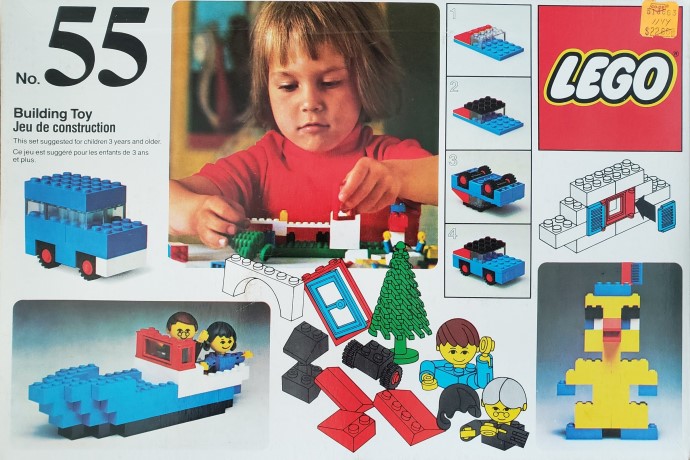The Impact of LEGO: A Global Phenomenon

Introduction: The Significance of LEGO
LEGO, a name synonymous with creativity and play, has become a global staple in the world of toys. Since its inception in 1932, when Ole Kirk Christiansen founded the LEGO Group in Denmark, the brand has transformed from wooden toys to the modern plastic bricks we know and love today. Its relevance extends beyond mere entertainment; LEGO fosters creativity, problem-solving skills, and even educational benefits, making it a significant aspect of childhood development.
The Evolution of LEGO
LEGO’s journey through the years is marked by innovation and expansion. The introduction of the iconic interlocking brick in 1958 set the stage for hours of creative play. As the years progressed, partnerships with popular franchises, such as Star Wars, Harry Potter, and Marvel, helped LEGO reach a wider audience, appealing not just to children but also to adult fans. LEGO conventions and fan communities, such as AFOL (Adult Fans of LEGO), continue to thrive, showcasing the brand’s versatility and enduring appeal.
Current Trends and Events
As of 2023, LEGO has expanded its product line to include themed sets around popular cultural touchstones, including its popular Ideas range, which is based on fan submissions. Moreover, the launch of LEGO Art series empowers fans to create mosaics and wall art from LEGO bricks, merging play with artistic expression. In addition to physical toys, LEGO has embraced the digital age with interactive video games and virtual building experiences. Initiatives like the ‘LEGO Ideas’ platform encourage global creativity, allowing fans to submit their own designs for potential production.
The Educational Influence of LEGO
LEGO has also made significant strides in educational settings. Programs like LEGO Education aim to integrate STEM (Science, Technology, Engineering, and Mathematics) concepts into classrooms using hands-on learning. Schools worldwide have adopted LEGO robotics kits, enabling students to build and program robots, thus enhancing engagement and understanding in these fundamental areas. The critical thinking and teamwork skills developed through LEGO play are invaluable, providing a foundation for lifelong learning.
Conclusion: The Future of LEGO
Looking ahead, LEGO’s commitment to sustainability and innovation signals a promising future. The company has pledged to use sustainable materials in its products by 2030, and its ongoing partnerships with various environmental initiatives showcase its role in promoting social responsibility. For parents and educators, the continued presence and influence of LEGO signifies not only a beloved toy but a tool for learning and creativity. As LEGO evolves, it remains a vital player in shaping imaginative landscapes for generations to come.







